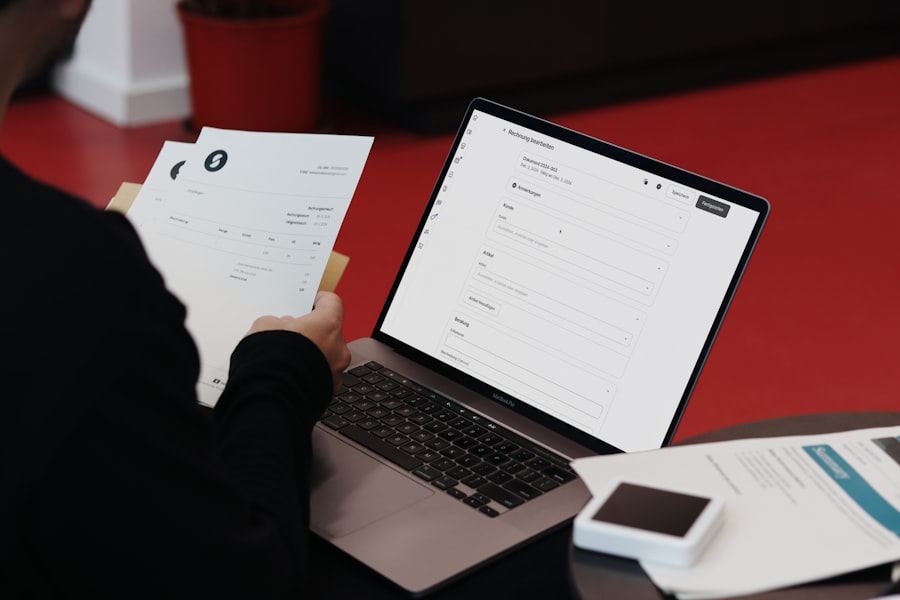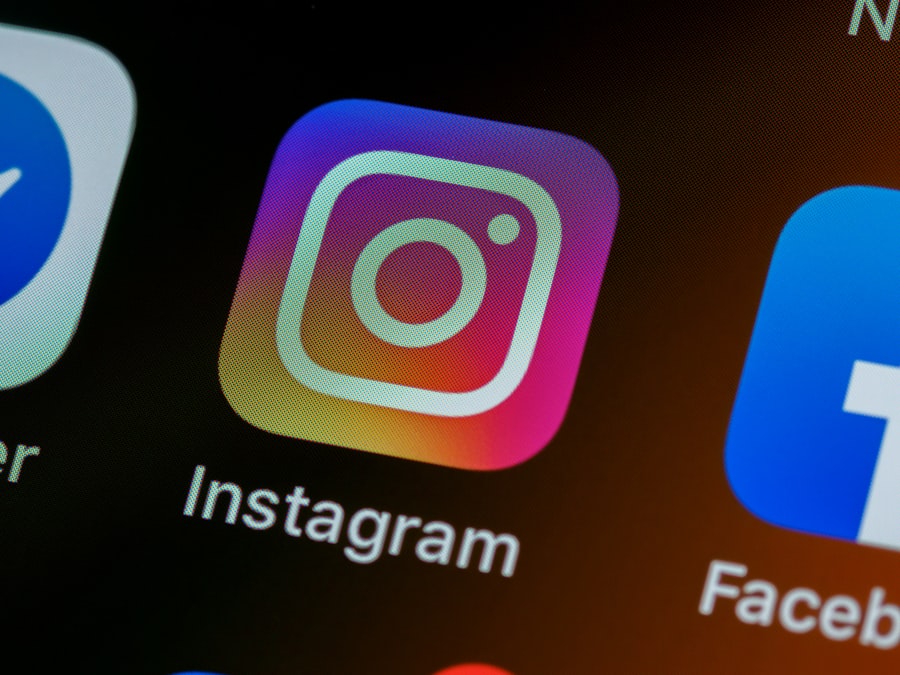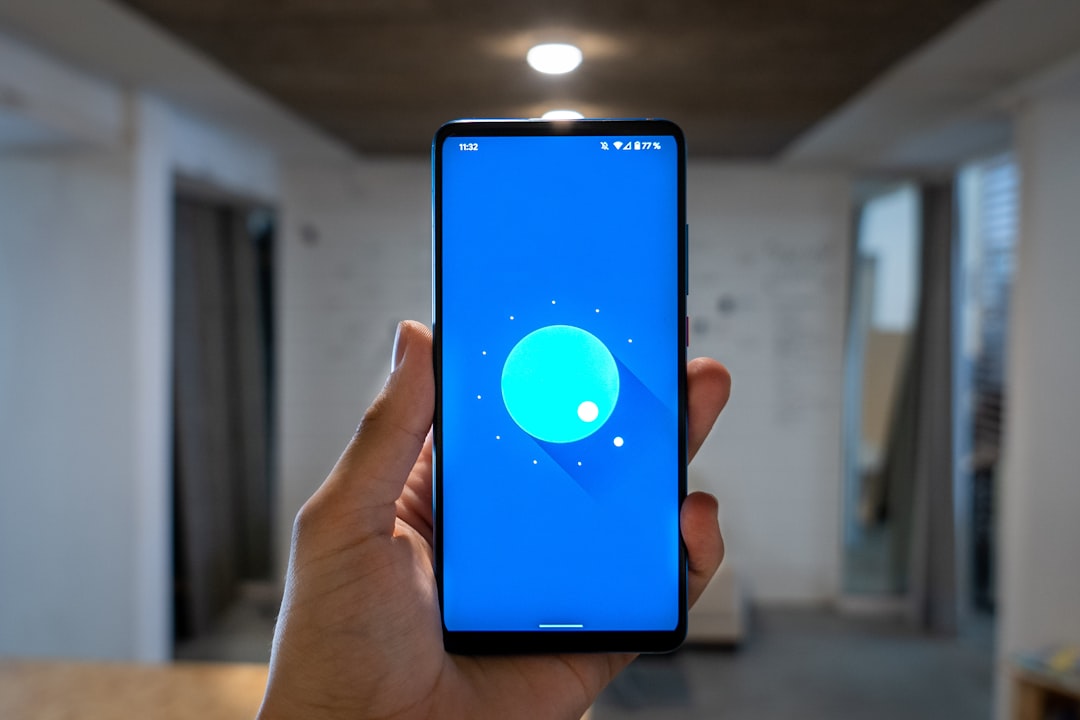In an increasingly interconnected world, the ability to track devices across different operating systems has become a necessity for many users. The scenario of tracking a Samsung device using an iPhone may seem daunting at first, given the inherent differences between Android and iOS platforms. However, with the right tools and applications, it is entirely feasible to monitor the location of a Samsung smartphone from an iPhone.
This capability can be particularly useful in various situations, such as locating a lost device, keeping tabs on family members, or ensuring the safety of children. The process of tracking a Samsung device with an iPhone involves several steps, including downloading the appropriate tracking application, setting it up correctly, and ensuring that both devices are paired effectively. While the technicalities may vary depending on the specific app chosen, the fundamental principles remain consistent.
Understanding these principles not only empowers users to track devices efficiently but also enhances their overall digital literacy in managing cross-platform interactions.
Key Takeaways
- Tracking a Samsung with an iPhone is possible using a tracking app
- Download the tracking app from the App Store on your iPhone
- Set up the tracking app by following the on-screen instructions
- Pair your Samsung device with your iPhone using the tracking app
- Use the tracking app to locate, ring, or lock your Samsung device remotely
Downloading the Tracking App on Your iPhone
Downloading a Tracking App
The first step in tracking a Samsung device using an iPhone is to download a suitable tracking application. There are numerous apps available on the App Store that facilitate this functionality, each with its unique features and capabilities. Popular options include Life360, Find My Device, and Google Maps, among others.
Installing the App
These applications are designed to work seamlessly across different operating systems, allowing users to track devices regardless of whether they are using an iPhone or an Android device. To begin, open the App Store on your iPhone and use the search function to locate your chosen tracking app. Once you find it, tap on the download button to initiate the installation process.
Creating an Account
Depending on your internet connection speed, this may take just a few moments. After the app has been downloaded and installed, you will need to create an account or log in if you already have one. This account will serve as the central hub for managing your tracking activities and accessing various features offered by the app.
Setting Up the Tracking App on Your iPhone

Once the tracking app is installed on your iPhone, the next step is to set it up properly to ensure it functions as intended. This setup process typically involves granting necessary permissions for location access and notifications. When you first open the app, you may be prompted to allow it to access your location data.
It is crucial to grant this permission; otherwise, the app will not be able to provide accurate tracking information. After granting location permissions, you will need to configure settings specific to tracking your Samsung device. This may involve entering the phone number or email associated with the Samsung device or linking it through a unique code provided by the app.
Each application has its own method for establishing this connection, so it is essential to follow the on-screen instructions carefully. Additionally, some apps may require you to install a companion app on the Samsung device itself to enable tracking features fully.
Pairing Your Samsung Device with Your iPhone
| Device | Compatibility | Features |
|---|---|---|
| Samsung Device | iOS 9.0 or later | File sharing, call and message continuity |
| iPhone | Android 4.3 or later | File sharing, call and message continuity |
Pairing your Samsung device with your iPhone is a critical step in ensuring that both devices can communicate effectively through the tracking app. This process typically involves installing the same tracking application on the Samsung device and logging in with the same account credentials used on your iPhone. By doing so, you create a direct link between the two devices, allowing for real-time location sharing and tracking.
Once the app is installed on the Samsung device, open it and log in using your account details. You may need to enable location services on the Samsung device as well, ensuring that it can share its location with your iPhone. Some applications may also require you to adjust privacy settings on the Samsung device to allow for continuous location sharing.
This step is vital for maintaining accurate tracking information and ensuring that you can locate the device whenever necessary.
Tracking Your Samsung Device
With both devices set up and paired correctly, you can now begin tracking your Samsung device from your iPhone. Open the tracking app on your iPhone and navigate to the section that displays connected devices or friends. Here, you should see your Samsung device listed along with its current location on a map interface.
Depending on the app’s features, you may also have access to additional information such as battery status or recent activity. Tracking updates are typically provided in real-time, allowing you to monitor the location of the Samsung device as it moves. If you are using an app like Life360, you can also set up geofencing alerts that notify you when the device enters or exits designated areas.
This feature can be particularly useful for parents wanting to keep track of their children’s whereabouts or for individuals who frequently misplace their devices.
Utilizing Additional Features of the Tracking App

Enhanced Communication Features
Some apps allow users to send messages or alerts directly through the platform, enabling quick communication between devices without needing to switch between different applications. This can be particularly beneficial in emergency situations where immediate contact is necessary.
Advanced Tracking Features
Certain tracking apps come equipped with features such as location history, which allows users to view past locations of the tracked device over a specified period. This can be useful for understanding movement patterns or verifying claims about whereabouts.
Emergency Response Features
Additionally, some applications offer SOS features that enable users to send distress signals or alerts in case of emergencies. Familiarizing yourself with these additional functionalities can significantly enhance your overall tracking experience.
Ensuring Security and Privacy while Tracking
While tracking devices can provide peace of mind and enhance safety, it is essential to consider security and privacy implications associated with such practices. When using a tracking app, ensure that you choose one with robust security measures in place, such as end-to-end encryption and two-factor authentication options. These features help protect sensitive data from unauthorized access and ensure that only designated users can track the device.
Furthermore, it is crucial to communicate openly with individuals whose devices you are tracking. Transparency fosters trust and ensures that everyone involved understands how their data is being used and shared. Many apps allow users to customize privacy settings, enabling them to control who can see their location information and under what circumstances.
Taking these precautions not only enhances security but also promotes responsible usage of tracking technology.
Troubleshooting Common Issues with Tracking a Samsung with an iPhone
Despite following all necessary steps for setting up and using a tracking app, users may encounter common issues that hinder effective tracking between a Samsung device and an iPhone. One frequent problem is related to connectivity; if either device has a weak internet connection or if location services are disabled, tracking may not function correctly. In such cases, checking network settings and ensuring that both devices are connected to Wi-Fi or cellular data can resolve these issues.
Another common challenge arises from permission settings; if location permissions are not granted correctly on either device, tracking will be inaccurate or entirely unavailable. Users should revisit their app settings and ensure that all necessary permissions are enabled for both devices. Additionally, if there are persistent issues with real-time updates or notifications not being received, restarting both devices or reinstalling the app may help refresh connections and resolve glitches.
By understanding these troubleshooting techniques and being proactive about potential issues, users can enhance their experience when tracking a Samsung device from an iPhone. The ability to navigate these challenges effectively not only improves functionality but also instills confidence in using cross-platform technology for personal safety and connectivity purposes.
If you are looking to track a Samsung device using an iPhone, you may also be interested in learning about wireless charging capabilities on the iPhone XR. To find out more about this feature, check out this article.










